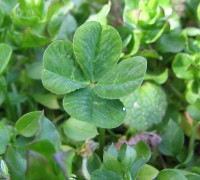In late 2013, as a response to an article by Brian Thomas rounding up what he considered the ICR’s greatest hits of the year, I wrote a post consisting of historical quotes altered to support each creationist claim Thomas brought up. For example – pertaining to the usual comet trope – Confucius almost certainly never said:
Heaven, in the production of things, is sure to be bountiful to them, according to their qualities. Hence the comet that is flourishing must be replaced often, as the bulbs don’t last like they used to.
Hardly the pinnacle of comedy, I know, but I never claimed to be any good. I mention this old post not to revisit past failures but to bring attention to the underlying point of this bastardisation of Marcus Aurelius:
He who has seen present things has seen all, both everything which has taken place from all eternity and everything which will be for time without end; for all things decay predictably and exponentially (except isotopes).
Anyone who has been reading creationist arguments for very long has probably noticed this for themselves: while YECs vehemently deny that radioactive isotopes decay in a predictable and inalterable fashion that could be used to accurately determine the passage of time, they themselves often contend that other processes decay in the same way. Humphreys’ ideas about planetary magnetic fields might be the example that most commonly appears here, but today Brian Thomas provides us with a new one. He writes, in “Did Adam Really Live 930 Years?“: Continue reading







